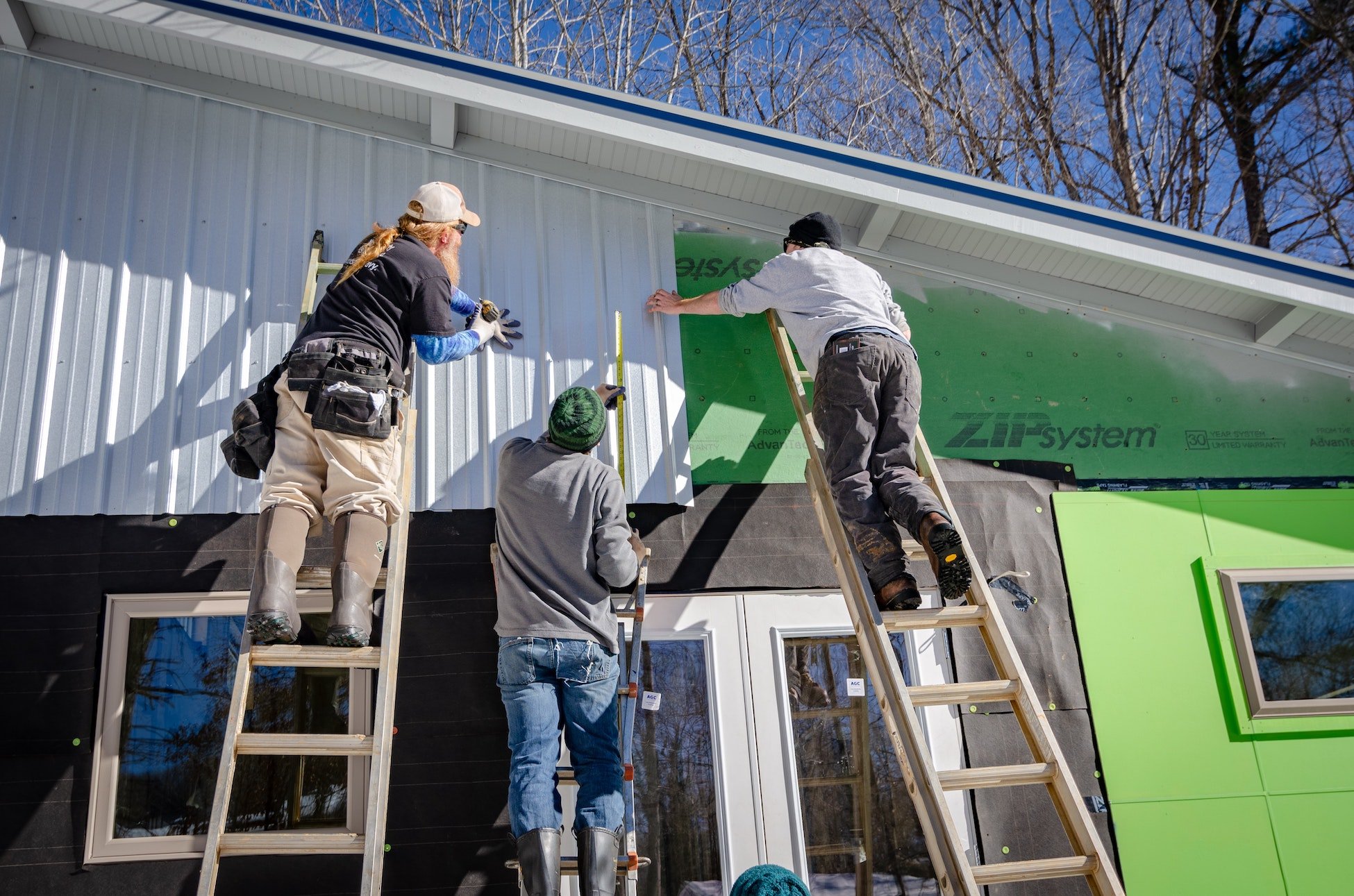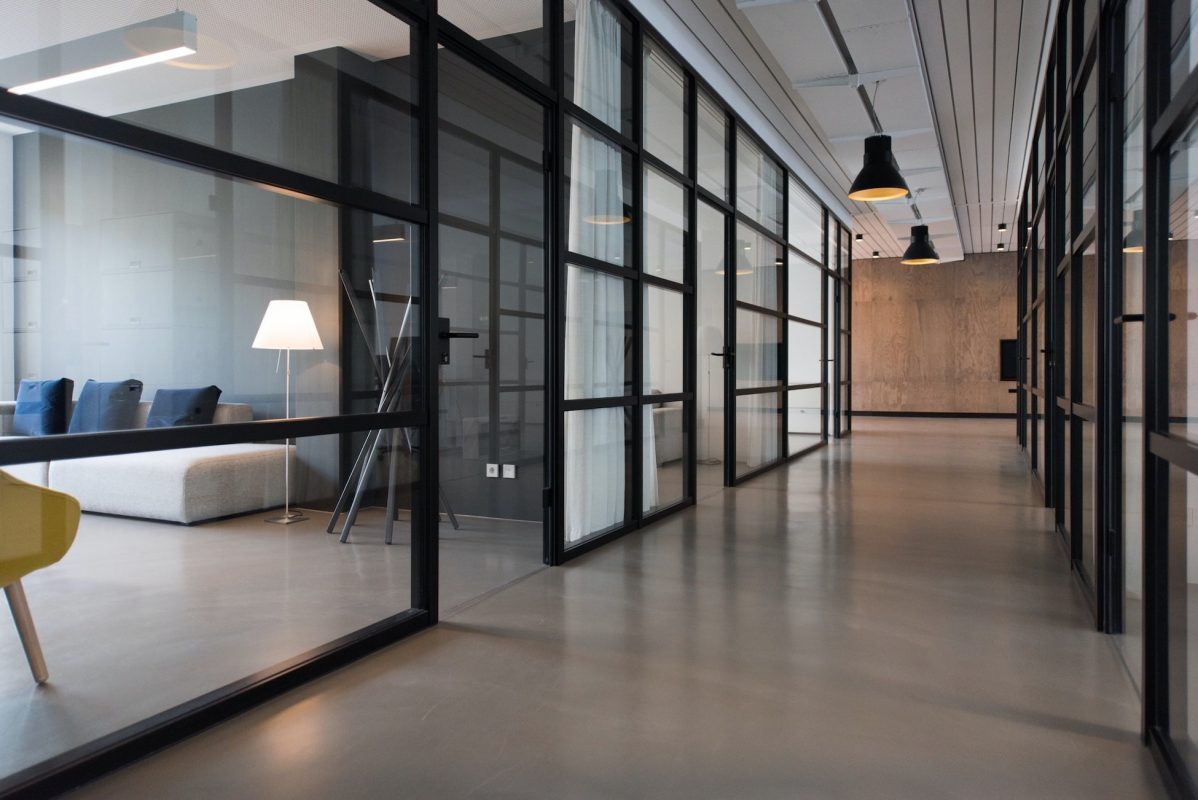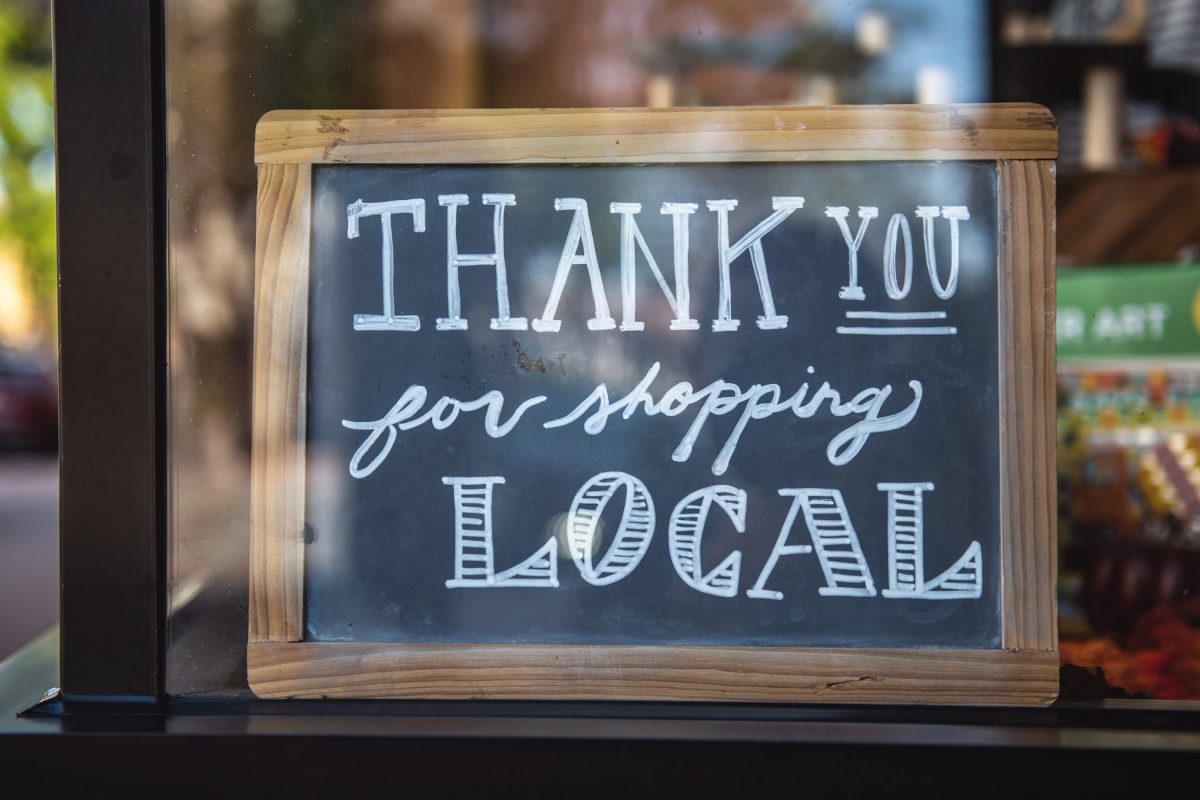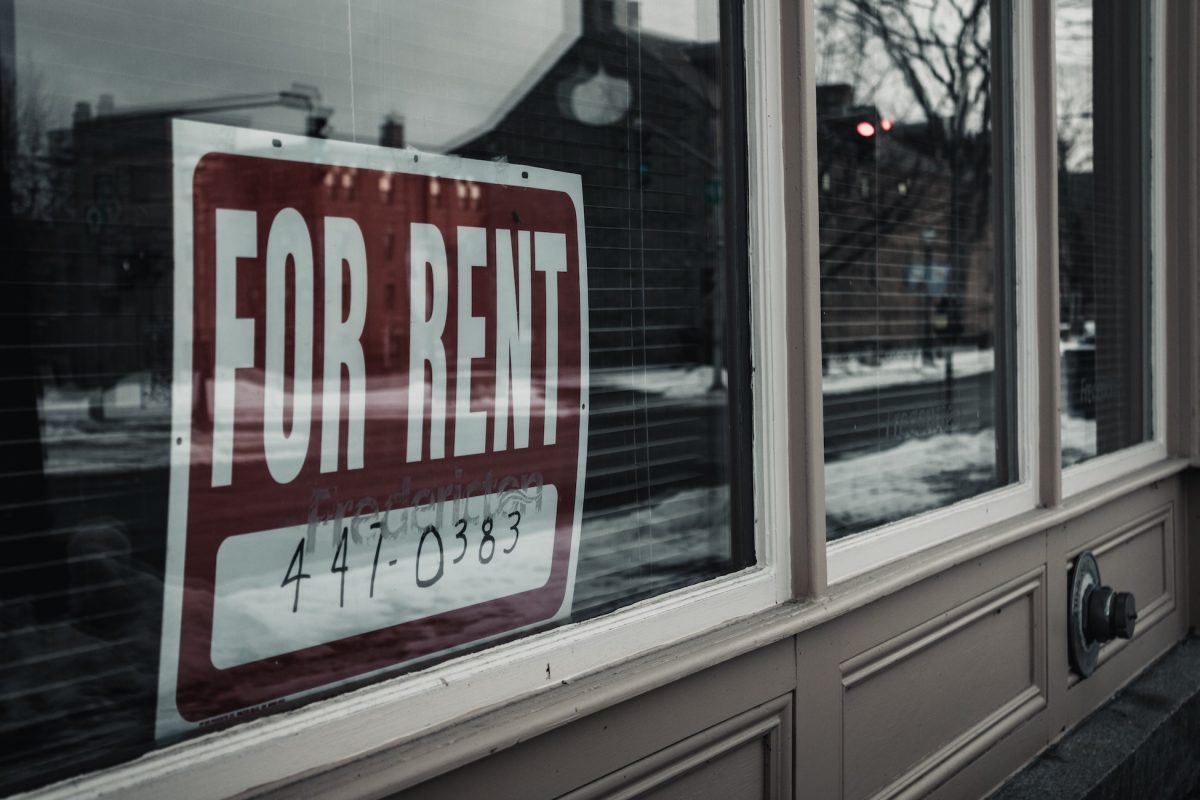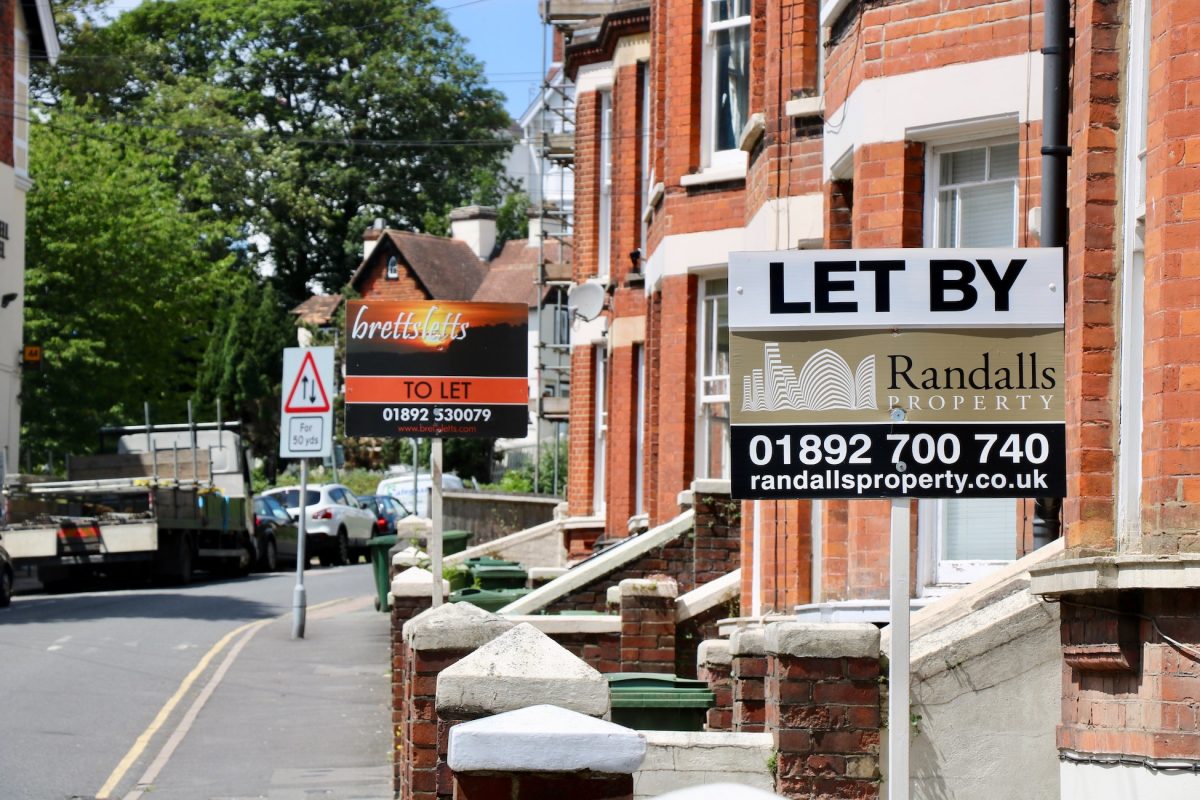Renovating your home in 2025 isn’t just about slapping on a fresh coat of paint or installing trendy shiplap—it’s about investing in your future, unleashing your inner design guru, and doing it all without maxing out your credit card. Welcome to the ultimate guide on the Best Renovation Loans in 2025, where finance meets fabulous home transformations. Whether you’re a millennial dreaming of a chic urban loft or a Gen Z visionary planning your first fixer-upper masterpiece, this guide is your new BFF in navigating the booming world of home renovation financing.
Best Renovation Loans in 2025 Table of Contents
Understanding Renovation Loans: The Basics
Types of Renovation Loans: A Quick Overview
Why Renovation Loans Are Essential in 2025
How to Qualify for a Renovation Loan in 2025
Step-by-Step: Navigating the Renovation Loan Application Process
Tips for Securing the Best Renovation Loan Rates
Renovation Loans vs. Other Financing Options: What’s the Difference?
Success Stories: Real-Life Transformations Fueled by Renovation Loans
Resources and Community Support: Your Next Steps
Renovation Loans in 2025: Embracing the Future of Home Improvement Financing
Frequently Asked Questions About Renovation Loans in 2025
Your Renovation Journey Awaits: A Future of Stylish Homeownership
Understanding Renovation Loans: The Basics
Renovation loans can transform your humble abode into a stylish sanctuary without draining your bank account. In essence, they’re tailored financial products designed to fund home improvement projects—ranging from minor repairs to major makeovers. Think of them as the secret sauce to achieving that Pinterest-worthy look while keeping your finances healthy.
At their core, renovation loans differ from traditional mortgages because they combine the cost of purchasing (or refinancing) your home with the funds required for repairs or upgrades. Whether you’re dreaming of a modern kitchen, a trendy bathroom, or an eco-friendly living space, these loans offer flexible options to fit your ambitious plans.
Unlike standard loans that treat renovation as an afterthought, renovation loans integrate the cost of improvements into the loan amount, meaning you get upfront funding and may qualify for better interest rates. The result? A win-win scenario for anyone looking to boost their home’s value—all while keeping those financial stress levels in check.
Types of Renovation Loans: A Quick Overview
Ready to dive deeper? Let’s break down the top renovation loan options available in 2025. Each type comes with its own set of perks, eligibility requirements, and underwriting quirks, so here’s the lowdown:
203(k) Rehabilitation Mortgage Insurance
The FHA 203(k) loan helps homebuyers roll the cost of renovations into their mortgage. Ideal for older homes or buyers looking to transform a fixer-upper, this option is backed by the government and works wonders for those who crave a little extra financial security. It’s perfect if you’re inclined toward a comprehensive remodel paired with a low down payment.
Fannie Mae HomeStyle Renovation Loan
Think of the HomeStyle Renovation loan as the sleek, modern alternative to the 203(k). Offered by Fannie Mae, it caters to both purchase and refinance situations, making it a versatile choice for savvy renovators. It provides more flexibility in project types, from structural repairs to aesthetic upgrades, and often appeals to those with a robust credit profile.
Personal Loans
When traditional mortgage options feel too heavy-handed, a personal loan can be your rescue. Although they might have higher interest rates and shorter repayment terms, personal loans offer quick access to cash without the hassle of collateral. This is an excellent route if your renovation project is smaller in scale or you need extra funds for that ultra-modern kitchen backsplash.
Home Equity Loans and Lines of Credit (HELOCs)
Leveraging the equity in your home is a popular move among homeowners. With a home equity loan or a HELOC, you’re essentially borrowing against the value your home has already accumulated. This method is ideal for those who have built up equity over the years and now want to channel that into a transformative home upgrade.
Each of these options comes with nuanced requirements and considerations, so it’s crucial to assess your financial health, project scope, and long-term goals before diving in.
Why Renovation Loans Are Essential in 2025
In today’s ever-evolving housing market, home renovation loans have become a hot commodity. With changing lifestyles, evolving design trends, and an increasing demand for multi-functional living spaces, investing in your home is more than just a trend—it’s a strategic financial move.
Here’s why renovation loans should be on your radar in 2025:
- Boosting Home Value: Upgrading your kitchen, adding an outdoor patio, or even installing energy-efficient windows not only enhances your lifestyle but also increases your home’s market value.
- Flexible Financing Options: With various loan types available, you can tailor your financing to fit the specific needs of your renovation project.
- Tax Benefits: Depending on your jurisdiction and the nature of your renovations, you might qualify for tax breaks or deductions—another win for your wallet.
- Modernization and Comfort: Renovation loans empower you to transform outdated spaces into stylish, functional, and comfortable living areas.
- Sustainability: Many renovation projects focus on energy efficiency and eco-friendly materials, benefiting both the environment and your long-term utility costs.
Essentially, the best renovation loans in 2025 are all about combining style with strategy, giving you the financial flexibility to embrace innovation without sacrificing security.
How to Qualify for a Renovation Loan in 2025
Let’s cut to the chase: landing the right renovation loan is less about wishful thinking and more about smart, informed planning. While each lender may have slightly different criteria, here are some common factors that can boost your chances:
Credit Score
A solid credit score is often your golden ticket. Lenders usually require a minimum score that reflects your reliability in repaying debts. If your credit history is as spotless as your Instagram feed, you’re already one step ahead.
Equity in Your Home
Many renovation loans, especially HELOCs, depend on the equity you’ve built up in your home. The deeper your equity pool, the greater the loan amount and favorable rates you can snag.
Income Stability
Consistent income—or a side hustle that’s gaining traction—can reassure lenders that you have the financial stability to manage your repayments. Think of it as your modern-day “adulting” credential.
Detailed Renovation Plan
Lenders are more likely to give the green light if you have a clear roadmap for your renovation project. This includes detailed estimates, a timeline, and sometimes even professional contractor bids. A well-drafted plan signals that you’re serious about making strategic, step-by-step improvements.
Debt-to-Income Ratio
This ratio is a critical metric that lenders scrutinize. It compares your monthly debt payments relative to your gross monthly income. A lower ratio typically translates to a higher likelihood of approval. So, if you’ve been managing your student loans and car payments like a pro, you’re in a good spot.
Combining these factors with a strategic approach to your home renovation projects will pave the way for accessing the best renovation loans available in 2025.
Step-by-Step: Navigating the Renovation Loan Application Process
The journey to securing a renovation loan might seem daunting, but breaking it down into manageable steps can transform it into a walk in the park—albeit one with a few scenic financial checkpoints. Here’s your game plan:
Step 1: Assess Your Renovation Needs
Before you apply for a loan, establish a clear vision for your renovation project. Are you revamping your kitchen, remodeling the bathroom, or planning a complete home overhaul? The clearer your goals, the easier it is to determine the loan amount you need.
Step 2: Shop Around for Lenders
Just like hunting for the perfect pair of sneakers, finding the right lender can take a bit of legwork. Compare rates, loan terms, and customer reviews. Look into traditional banks, credit unions, and online lenders to zero in on the best fit.
Step 3: Gather Your Documentation
Prepare financial documents such as tax returns, pay stubs, credit reports, and a detailed renovation plan. This paperwork is your financial portfolio, and the more polished it looks, the more confident lenders will be in green-lighting your loan.
Step 4: Submit Your Application
Once you’ve found a lender that aligns with your needs, it’s time to complete the application. This might include an online form, an in-person meeting, or both. Expect some back-and-forth communication as the lender reviews your materials.
Step 5: Underwriting and Approval
After submission, your application enters the underwriting phase. This is where your financial health and renovation plans are thoroughly reviewed. Be prepared for potential follow-up questions and requests for additional information.
Step 6: Closing the Deal
Once approved, you will receive a closing package detailing the terms of your loan. Make sure you read the fine print and understand the repayment schedule before signing on the dotted line.
With these steps, you’re well-equipped to navigate the sometimes winding road of renovation financing. Remember, patience and persistence are key—much like waiting for the perfect meme to go viral.
Tips for Securing the Best Renovation Loan Rates
Let’s get real for a minute—nailing the best rate on a renovation loan is akin to scoring front-row concert tickets before they sell out. It takes a mix of savvy research, financial fitness, and a sprinkle of luck. Check out these insider tips:
- Improve Your Credit Score: A higher credit score can unlock lower interest rates, so take steps to reduce your debt and keep your credit utilization low.
- Increase Your Home Equity: If you’ve been chipping away at your mortgage or have made recent improvements, you might have more equity than you think. This can work in your favor when negotiating rates.
- Compare Multiple Lenders: Don’t settle for the first offer that lands in your inbox. Shop around, read reviews, and don’t be afraid to negotiate the terms.
- Lock in a Fixed Rate: With interest rates in flux, opting for a fixed-rate loan can provide the stability you need to plan your renovation without financial surprises.
- Consider a Co-Signer: If you have a trusted family member or friend with strong credit, partnering up might help you secure more favorable terms.
Every little bit of preparation nudges you closer to scoring a deal that not only funds your dream project but also leaves your wallet smiling.
Renovation Loans vs. Other Financing Options: What’s the Difference?
With so many ways to finance a home makeover, you might be wondering how renovation loans stack up against credit cards, personal loans, or cash-out refinancing. Here’s the tea:
Credit Cards: While credit cards offer convenience and rewards, they often come with high interest rates that can turn a simple renovation into a financial headache. They’re best for low-cost projects or emergency fixes, not for full-scale transformations.
Personal Loans: Personal loans don’t require collateral and typically have faster approval processes, making them a tempting option. However, their interest rates may be higher, and the repayment periods are shorter. They work well for smaller projects, but for major renovations, you might find better terms with dedicated renovation loans.
Cash-Out Refinancing: This option allows homeowners to tap into their existing equity by refinancing their mortgage for a higher amount than what’s currently owed. It’s a great choice if you want to consolidate your mortgage and fund renovations under one umbrella. However, the process can be complex and may reset your mortgage terms.
Ultimately, renovation loans are designed with home improvement in mind, offering a cohesive solution that blends financing with the capital needs of your specific project. They represent a strategic middle ground—providing enough funds to bring your vision to life while maintaining manageable risk and attractive terms.
Success Stories: Real-Life Transformations Fueled by Renovation Loans
Sometimes the best way to understand the magic of renovation loans is to hear the real-life stories of people who turned rundown spaces into dream havens. Here’s a taste of success that might just inspire your next project:
The Urban Loft Revival
Meet Alex—a self-proclaimed design aficionado with a knack for finding hidden gems in the city. With an old, cramped loft and a vision for an open, airy space, Alex tapped into a Fannie Mae HomeStyle Renovation loan. Fast forward a few months, and after installing floor-to-ceiling windows, a chic industrial staircase, and modern kitchen countertops, the loft became the talk of the town. Alex’s renovation not only skyrocketed the property’s market value but also turned it into a live-in art piece.
Suburban Family Haven
Then there’s Jamie and Taylor, a young couple eager to create the perfect family home. With growing kids and a desire for a more functional layout, they opted for an FHA 203(k) loan. By strategically renovating their outdated living room and adding a cozy play area, the couple managed to breathe new life into their space while boosting overall comfort and home value. Their story is a brilliant example of blending practicality with modern design.
The DIY Dream House
Finally, consider Morgan—a DIY enthusiast who transformed an aging property into a contemporary marvel. By leveraging a HELOC, Morgan financed a series of eco-friendly upgrades, from solar panels and energy-efficient appliances to reclaimed wood accents and smart-home tech. The project was a labor of love, and the smart financing solution meant Morgan could focus on creativity without financial strain.
These stories highlight that with the right renovation loan, the possibilities are endless. Whether it’s an urban loft, a suburban haven, or a DIY dream house, the key is choosing a loan that aligns with your vision and financial profile.
Resources and Community Support: Your Next Steps
Venturing into the renovation loan landscape doesn’t have to be a solitary expedition. There’s a thriving community of experts, online forums, and local workshops ready to guide you through every twist and turn of your journey. Here are some resources to empower your decision-making:
Online Finance and Home Improvement Forums
From Reddit threads to dedicated home renovation Facebook groups, the internet is brimming with tips, success stories, and insider advice from fellow renovators. These platforms not only provide support but also offer in-depth reviews of lenders and financing options.
Financial Advisory Services
Consider consulting a financial advisor who specializes in home financing. Their expertise can help you navigate your options, optimize your credit profile, and ensure that your renovation project aligns with your long-term financial goals.
Local Home Improvement Workshops
Many local municipalities and home improvement stores offer workshops and seminars on financing renovations. These events are excellent opportunities to learn, network, and even find contractor recommendations that fit your project’s needs.
Digital Tools and Mobile Apps
Make technology your best friend by exploring apps designed to track home improvement budgets, monitor loan offers, and even simulate renovation projects. These digital tools can help you stay organized, stick to your budget, and manage every facet of your project.
By tapping into these resources, you’re not only arming yourself with information but also joining a community of like-minded individuals who are passionate about transforming their living spaces while making smart financial choices.
Renovation Loans in 2025: Embracing the Future of Home Improvement Financing
As we navigate 2025, the home renovation landscape is evolving faster than your favorite social media trend. With innovative financing options, a booming market, and a new generation of home enthusiasts at the helm, renovation loans have become a pivotal tool in unlocking the potential of every property.
Whether you’re a seasoned homeowner or a first-time buyer, understanding the breadth of renovation loan options and the benefits they offer is key. It’s not just about updating a space—it’s about investing in your lifestyle, increasing your property value, and setting the stage for future growth.
Embrace cutting-edge financial products that allow you to tackle both cosmetic upgrades and structural improvements. In 2025, renovation loans are more accessible, flexible, and tailored to meet the dynamic needs of today’s homeowners. By taking advantage of these opportunities, you’re positioning yourself at the forefront of a design revolution that blends style, sustainability, and savvy money management.
This is the time to seize the moment and elevate your home to new heights. Let innovation, technology, and smart financing be the guiding lights on your journey to creating a living space that is not only visually stunning but also a solid investment in your future.
Frequently Asked Questions About Renovation Loans in 2025
To wrap up this ultimate guide, we’ve compiled a list of frequently asked questions to help you confidently navigate the renovation loan landscape. These queries cover everything from eligibility basics to nuanced differences between loan types, ensuring you’re armed with the knowledge to make the best financial decisions.
1. What exactly is a renovation loan?
A renovation loan is a specialized financial product that allows you to borrow money to cover both the cost of purchasing (or refinancing) your home and the funds required for repair or improvement projects. They integrate financing with your home improvement plans, making it a one-stop solution for transforming your space.
2. How does the FHA 203(k) loan work?
The FHA 203(k) loan enables borrowers to finance both the purchase price and the cost of renovations through one mortgage. Backed by the government, it’s particularly popular among those looking to buy fixer-uppers or older homes in need of an upgrade.
3. What are the benefits of a Fannie Mae HomeStyle Renovation loan?
HomeStyle Renovation loans offer greater flexibility in project types, covering a wider range of improvements—from structural repairs to purely cosmetic upgrades. They are available for both purchase and refinance scenarios and can be an excellent choice for those with a strong credit profile.
4. Can I use a renovation loan to fund cosmetic upgrades only?
Absolutely! Whether you’re looking to update your kitchen backsplash or give your bathroom a modern makeover, renovation loans can cover cosmetic enhancements as well as more intensive remodeling projects.
5. How important is my credit score for qualifying?
Your credit score plays a vital role in accessing favorable interest rates and terms. Lenders generally require a solid credit history to ensure you have the financial stability needed to repay the loan.
6. What documentation do I need to apply for a renovation loan?
Typically, you’ll need recent tax returns, pay stubs, a detailed renovation plan including cost estimates, and proof of home equity (if applicable). Having a well-organized documentation package can ease the review process.
7. How do renovation loans differ from personal loans?
Renovation loans are specifically designed for home improvement projects and often offer lower interest rates and longer repayment terms than personal loans. They can be integrated with your mortgage, whereas personal loans are unsecured and usually come with higher rates.
8. Should I consult a financial advisor before applying?
Consulting a financial advisor or a home renovation financing expert can be incredibly helpful. They can assess your unique situation, review your renovation plans, and help determine the best financing option to meet your goals.
9. Are there any tax benefits to using renovation loans?
Depending on your location and the nature of your project, you might qualify for certain tax incentives or deductions. It’s best to consult a tax professional to understand the specific benefits available in your area.
10. Can renovation loans help improve my home’s market value?
Yes, well-planned renovations can significantly boost your home’s market value. Upgrades that enhance energy efficiency, modernize outdated spaces, and improve functionality are particularly attractive to future buyers.
Your Renovation Journey Awaits: A Future of Stylish Homeownership
Renovation loans in 2025 are more than just a financing tool—they’re a gateway to creativity, a means of reimagining your personal space, and an investment in a brighter financial future. With the evolving market and innovative loan options tailored specifically for home improvements, there’s never been a better time to transform your living space.
Every brushstroke on your freshly remodeled wall, every upgraded fixture, and every modern design element is underpinned by smart financial choices that secure not only your home’s beauty and functionality but also its long-term value.
So, if you’re ready to step into a future where your home reflects your personality and financial acumen, take the next step with confidence. Your renovation journey is uniquely yours—a blend of creativity, strategy, and savvy decision-making that sets the stage for a home that’s both a sanctuary and a savvy investment.
Embrace the transformative power of renovation loans in 2025 and let your home tell the story of innovation, resilience, and inspired homeownership. The tools are in your hands—now it’s time to build the future you envision.

